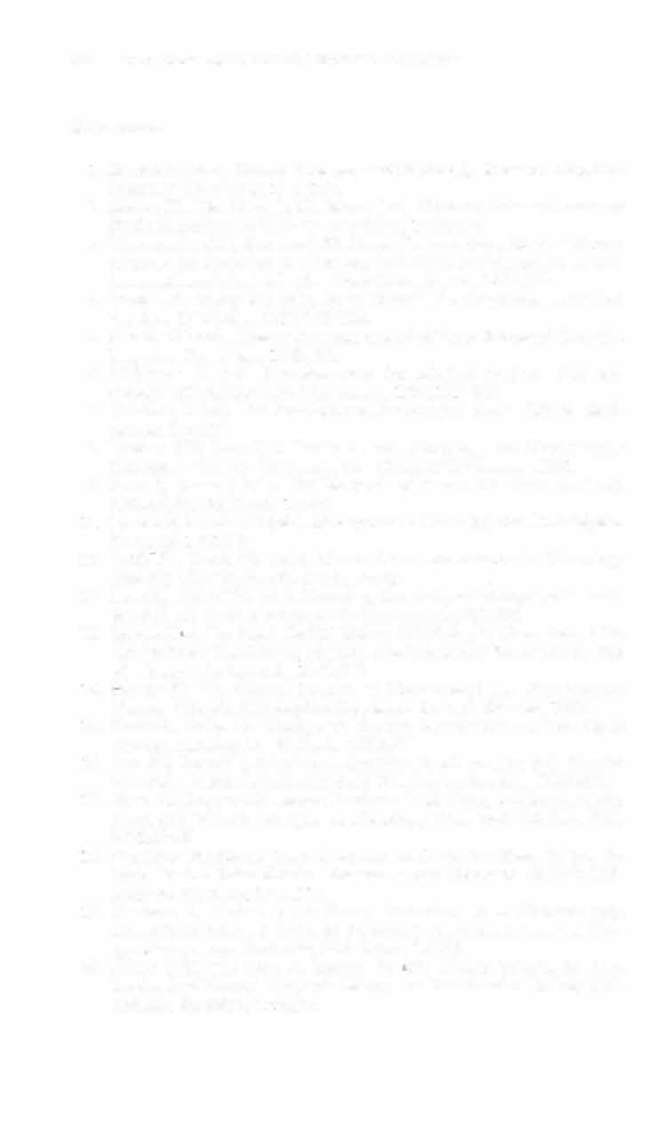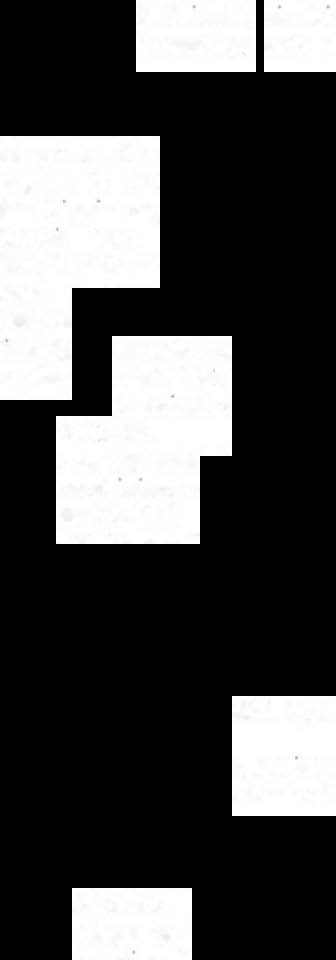i bc27f85be50b71b1 (99 page)
Read i bc27f85be50b71b1 Online
Authors: Unknown

Often, the head of bed is at 30 degrees, or it may be flat
for an initial 24 hours and then gradually elevated \ 5-30
degrees per day depending on the location of surgery
(supratenrorial or infratentorial, respectively)."
Physical Therapy Interoention
Goals
The primary physical therapy goals in treating patients with primary
neurologic pathology in the acute care setting include maximizing
independence and promoting safety with gross functional activiry.
Another main goal is to assist in the prevention of the secondary manifestations of neurologic dysfunction and immobility, such as pressure sores, joinr contracture, and the deleterious effects of bed rest (see
Appendix I-B).

NERVOUS SYSTEM
327
Basic Concepts for the Treatment of Patients with
Neurologic Dysfunction
•
A basic understanding of neurologic pathophysiology is necessary to create appropriate functional goals for the parient. The therapist must appreciate the difference berween reversible and
irreversible and between nonprogressive and progressive disease
states.
•
There are a number of narural changes of the nervous system
with aging, such as decreased coordination, reflexes, balance,
and visual acuity. Be sure to accommodate for these normal
changes in the examination of and interaction with the elderly
patient.
• Take extra time to observe and assess the patient with neurologic dysfunction, as changes in neurologic status are often very subtle.
• A basic knowledge of the factors rhat affect ICP and the ability
to modify treatment techniques or conditions during physical therapy intervention for the patient wirh head rrauma, afrer intracranial surgery, or other pathology interfering with intracranial dynamics is necessary for patient safety.
•
Patient and family or caregiver education is an important component of physical rherapy. Incorporate informarion about risk factor reduction (e.g., stroke prevention) and reinforce health care team recommendations (e.g., swallowing strategies per the speechlanguage pathologist).
• There are a variety of therapeutic techniques and motOr control
theories for the treatment of rhe patient with neurologic dysfunction. Do not hesitate to experiment with or combine techniques from different schools of thought.
•
Be persistent with patients who do nOt readily respond to typical treatment techniques, because these patients most likely present with perceptual impairments superimposed on mOtor and sensory
deficits.
•
Recognize that it is rarely possible to address all of the patient'S
impairments at once; therefore, prioritize the plan of care according to present physiologic status and future functional outcome.

328 AClJIT CARE HANDBOOK !-"OR PHYSICAL THERAPISTS
References
1 . Marieb EN (ed). Human Anaromy and Physiology. Redwood Ciry, CA:
Benjamin-Cummings, 1 989; 1 72.
2. Moore KL. The Head. In KL Moore (cd), Clinically Orienred Anaromy
(2nd ed). Balrimore: Williams & Wilkins, 1 985;794.
3. Wesrmoreland BF, Benarroch EE, Daube JR, et al. (eds). Medical Neurosciences: An Approach to Anatomy, Pathology, and Physiology by Sysrems and Levels (3rd ed). New York: Little, Brown, 1986; 1 07.
4. Young PA, Young PH (eds). Basic Clinical Neuroanatomy. Baltimore:
Williams & Wilkins, 1 997;251-258.
5. Marieb EN (ed). Human Anaromy and Physiology. Redwood Ciry, CA:
Benjamin-Cummings, 1 989;375.
6. Wilkinson JL (ed). Neuroanatomy for Medical Srudents (3rd ed).
Oxford, UK: Burterwonh-Heinemann, 1 998j 1 89-200.
7. Goldberg S (cd). The Four-Minute Neurological Exam. Miami: Med
Masrer, 1 992;20.
8. Lindsay KW, Bone I, Callander R (cd). Neurology and Neurosurgery
Illustrated (2nd cd). Edinburgh, UK: Churchill Livingstone, 1 99 1 .
9. Plum F, Posner J (cds). The Diagnosis of Srupor and Coma (3rd cd).
Philadelphia: FA Davis, 1 980; 1 .
10. Jennett B, Teasdale G (eds). Management of Head Injuries. Philadelphia:
FA Davis, 1 9 8 1 ;77.
1 1 . Strub RL, Black FW (eds). Mental Status Examination in Neurology
(2nd ed). Philadelphia: FA Davis, 1 985;9.
1 2. Love RJ, Webb WG (eds). Neurology for rhe Speech-Language Pathologist (4th ed). Boston: Butterwonh-Heinemann, 2001 ;205.
13. Specrer "'VI. The Pupils. In HK Walker, WD Hall, JW Hursr (cds), Clinical Methods: T�e History, Physical, and Laboratory Examinations (3rd ed). Boston: Butterworth, 1 990;300.
'14. Hickey ]V. The Clinical Pracrice of Neurological and Neurosurgical
Nursing (4th ed). Philadelphia: Lippincott-Raven Publishers, 1 997.
1 5 . Kisner C, Colby LA. Therapeutic Exercise Foundations and Techniques
(3rd ed). Philadelphia: FA Davis, 1 996;57.
16. Katz RT, Dewald J, Schmir BD. Spasticity. In RL Braddon (ed). Physical
Medicine and Rehabilitarion (2nd ed). Philadelphia: Saunders, 2000;592.
17. Victor M, Ropper AH. Moror Paralysis. In M Victor, AH Ropper (cds),
Adam and Victor's Principles of Neurology. New York: McGraw-Hili,
200 I ;50-58.
18. O'Sullivan SB. Motor Control Assessment. In SB O'Sullivan, TJ Schmitz
(eds). Physical Rehabilirarion: Assessment and Trearment (3rd cd). Philadelphia: FA Davis, 1 998; 1 1 5.
19. Charness A. Gathering the Pieces: Evaluation. In A Charness (ed),
SrrokelHead Injury: A Guide ro Functional Outcomes in Physical Therapy Management. Rockville, MD: Aspen, 1 986; 1 .
20. Swartz MH. The Nervous System. In M H Swaru, W Schmitt (cds),
Textbook of Physical Diagnosis History and Examinarion (3rd ed). Philadelphia: Saunders, 1 998;529.





